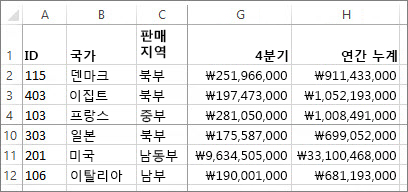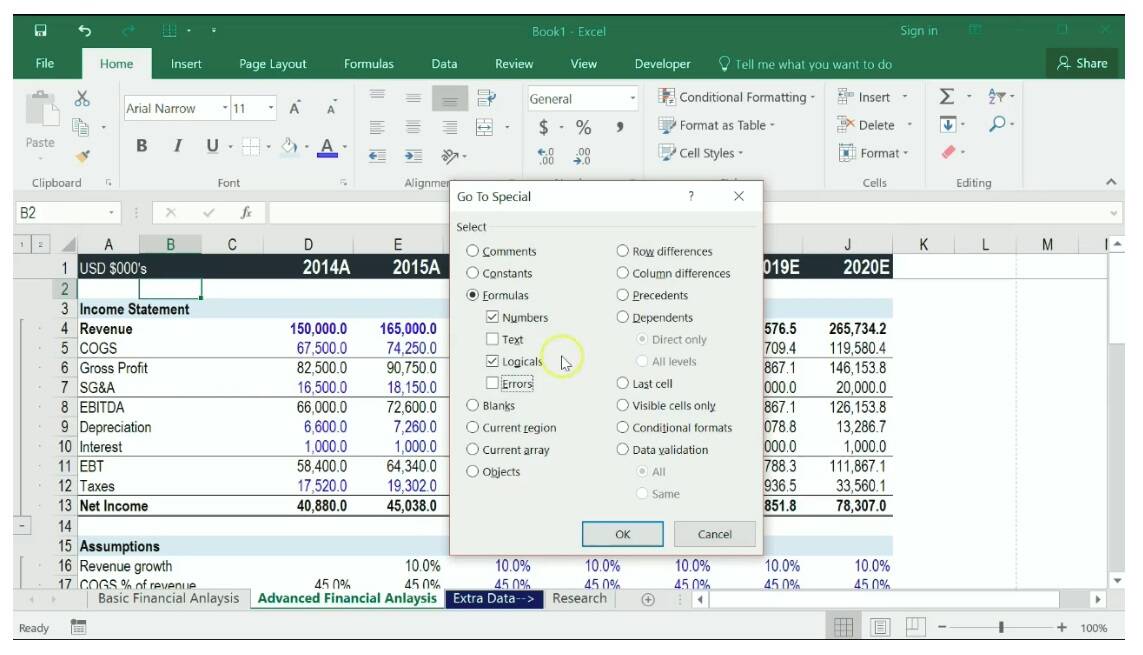

Click the Home tab on the Ribbon, click the Format button in the Cells group, and then click Column Width or Row Height.Double-click the right border of a column heading or the bottom border of a row heading to AutoFit the column or row to the cell contents (or select one or more column or rows, click the Home tab on the Ribbon, click the Format button in the Cells group, and then click AutoFit Column Width or AutoFit Row Height) or.Drag the bottom border of the row heading up to decrease the row height or down to increase the row height or.

Drag the right border of the column heading left to decrease the column width or right to increase the column width.Autofitting eliminates any empty space by matching the column to the width of its longest cell entry or the row to the height of its tallest cell entry Changing the Column Width and Row Height.Row heights are expressed in points or pixels, where a point is 1?72 of an inch.The default column width is 8.38 standardsized characters.A pixel is a single point on a computer monitor or printout.For each additional line of text, press the Alt+Enter keys (that is, hold down the Alt key as you press theĮnter key), and then type the text Changing Column Width and Row Height.Click the cell in which you want to enter the text.Date and time data are commonly recognized formats for date and time values Entering Multiple Lines of Text Within a Cell.Number data is any numerical value that can be used in a mathematical calculation.Text data is a combination of letters, numbers, and some symbols.The formula bar displays the content of the active cell.– Planning analysis sheet Entering Text, Numbers, and Dates in Cells Before you begin to enter data into a workbook, you should develop a plan.Excel provides several ways to navigate a worksheet Planning a Workbook.



 0 kommentar(er)
0 kommentar(er)
